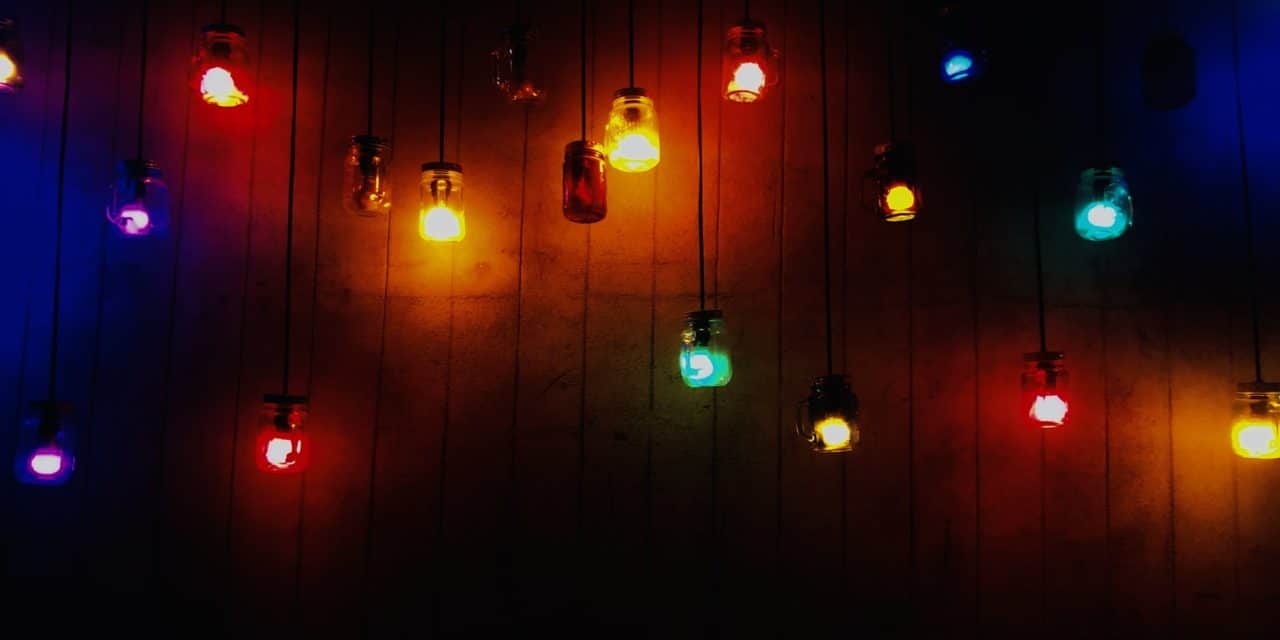[ad_1]
Gardening, landscaping, and making things snappy with a little bit of garden decor love – these are all fun, passionate hobbies I take seriously. Along the way I've always naturally gotten into the garden lighting aspect of things, which can create some really awesome “visuals”, so to speak, in the garden. Using garden lights, one can really enhance the appeal of the garden, creating dramatic looking drop shadows and whatnot. It is really very cool to experiment with, and the only way to get started is to do what I did – do a little research and then give it a go!
Oh – but I will give you one advantage I didn't have; some tips from yours truly, learned from experience.
One of the first things to keep in mind when starting is that less is more. The tendency for beginners is to over light things. I admit, it's easy to do, getting caught up in the excitement of what garden lighting can do, the next thing you know, your garden is glowing. With a bit of testing, you'll see that the maxium less is more works for garden lighting as well.
With that in mind, and along the same kind of thinking, it's not just about what you light, it's also about what you don't light. Using garden lighting is all about the juxtaposition between what's lit up and what's not. This creates a spectacular visual, with lights illuminating certain aspects of the garden and keeping other parts in shadow. The parts that aren't hit up with lights create the contrast we're going for, and this is an important aspect to keep in mind when setting up the lights for the garden.
You will likely find it visually preferable to conceal the light source so that no one will (without effort) find themselves looking into the light directly, or even be able to directly see where the light originates. The easiest way to hide the light is to just throw it up behind items already in your garden, such as a nice sized rock or a plant. If this isn't possible, simply install a glare guard over the light! Don't forget that LED lights are the modern choice for gardens these days. They have so many advantages and are perfect for the conditions in a garden. They are small, easy to hide, give off a bright light, can be adjusted and programmed and use a lot less power.
Have fun experimenting with all the different garden lighting accessories, such as frosted lenses or beam angles. These light modifiers can help create the look you are going for, as well as provide a more unique type of lighting for the garden.
Getting your garden lighting set up just the way you want it will take a bit of work, some patience, lots of experimenting, and a can-do attitude. But if you are a gardener worth your salt, then you already have all these qualities – in which case, I know you'll do fine setting up your new garden lighting!
[ad_2]
Source by Lydia Quinn


